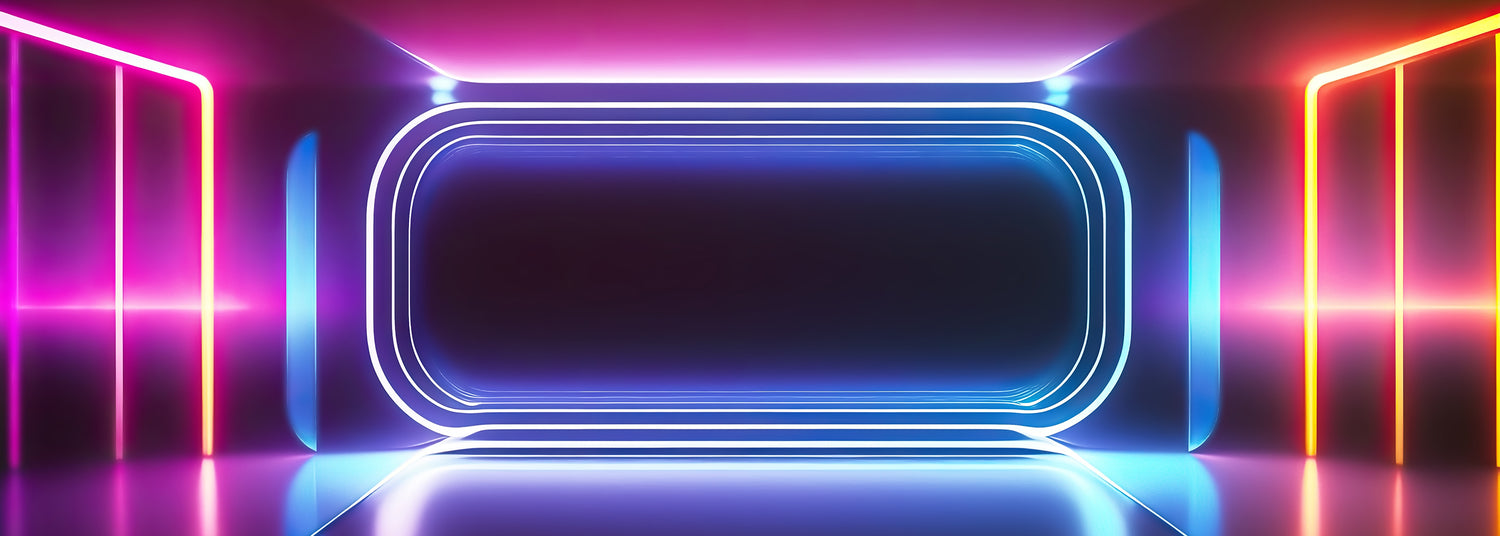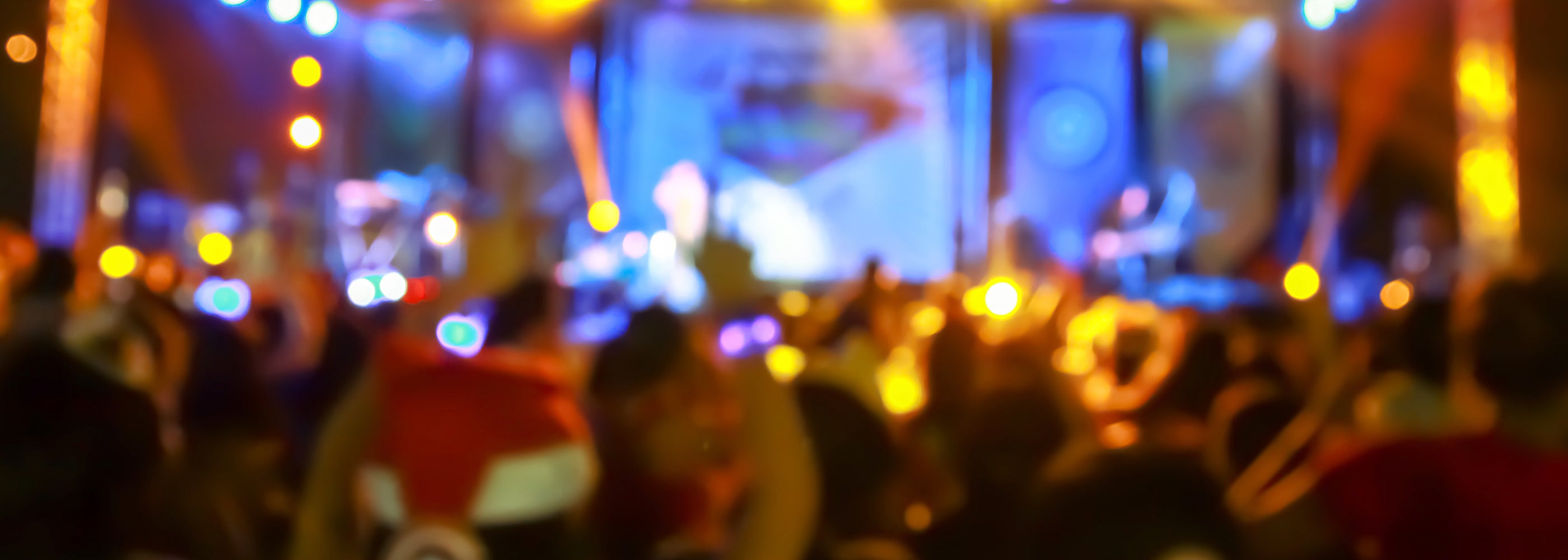The power of stage lighting in creating mood and atmosphere for any performance is undeniable. It's not just about making sure the audience can see the performers; it's about crafting an experience that can transport them into another world. Here, we'll explore various lighting techniques and how they can be used to set the tone for different types of performances.
Understanding the Basics of Lighting
Before delving into specific techniques, it's essential to understand the basic types of stage lighting:
- Ambient Lighting: Sets the overall mood of the scene.
- Spotlights: Highlight a specific performer or area.
- Wash Lighting: Provides general illumination.
- Accent Lighting: Adds depth and dimension to the stage.
Each type of lighting can be manipulated in terms of color, intensity, and direction to create the desired effect.
Color and Emotion
Color is a powerful tool in conveying emotion. Different colors can evoke different feelings:
- Blue: Often used to create a calm or sad atmosphere.
- Red: Evokes passion, anger, or intensity.
- Yellow: Can suggest joy or energy.
- Green: Often used to create eerie or mysterious settings.
By adjusting the color palette, lighting designers can significantly impact the mood of a performance.
Lighting Angles and Shadows
The direction of lighting is crucial in setting the atmosphere. Side lighting can create dramatic shadows, while backlighting can create silhouettes or highlight the outline of an object or person. Downlighting can give a more natural look, whereas uplighting can create an unnatural, sometimes eerie feel.
Movement and Texture
Moving lights can add dynamism to a performance, particularly useful in concerts or dance performances. Using gobos (metal or glass discs placed in front of a light) can project patterns or textures, adding depth and interest to the background or setting.
Intensity and Contrast
The intensity of lighting can greatly affect the mood. Bright, intense lighting can convey energy and happiness, while dimmer lighting can create a sense of intimacy or tension. Contrast between light and dark areas can also heighten the emotional impact of a scene.
Practical Tips for Creating Atmosphere
- Plan Ahead: Work closely with directors and set designers to understand the story and what each scene requires emotionally.
- Experiment with Colors: Use rehearsals to experiment with different colors and see how they affect the mood of the scene.
- Focus on Key Moments: Identify key moments in the performance that require special lighting attention.
- Use Technology Wisely: Utilize modern lighting technology, such as LED lights and programmable lighting systems, for greater control and flexibility.
- Consider the Audience's Perspective: Always view the lighting from various audience viewpoints to ensure it's effective throughout the venue.
Case Studies: Effective Mood Lighting in Productions
- Les Misérables: The use of soft blue and stark white lighting creates a somber, reflective atmosphere, matching the emotional narrative.
- The Lion King: Vibrant colors and dynamic movements with lights mimic the African savannah and sunset, bringing the setting to life.
- Chicago: The use of spotlights and shadows in this production emphasizes the dramatic and sensual elements of the story.
Conclusion
Stage lighting is a powerful tool in the hands of a skilled designer. It can turn a good performance into an unforgettable experience. By understanding and applying these techniques, lighting designers can create a mood and atmosphere that perfectly complements and enhances the story being told on stage.




Leave a comment
This site is protected by hCaptcha and the hCaptcha Privacy Policy and Terms of Service apply.